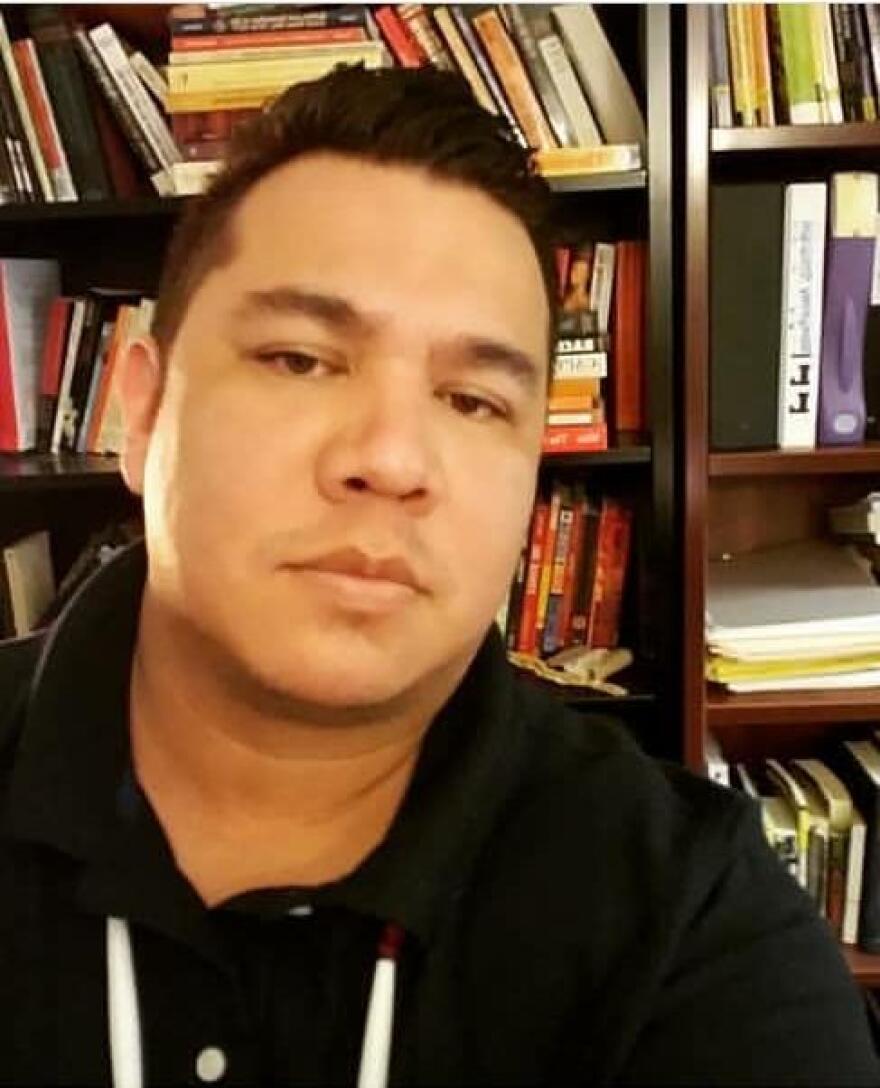As national support for the Black Lives Matter movement grows, calls for the removal of racist statues, brand names, and sports team names get louder. Kansas City is not exempt from the history, nor the conversation.
Reckoning with racism in Kansas City requires grappling with the history of not just the treatment of Black people here, but also acknowledging that this land was once home to Indigenous people: the Kaw, Osage, Kickapoo, and Sioux.
That history has recently come to the forefront of conversations about racial justice as The Kansas City Star’s editorial board has called upon the Kansas City Chiefs to “begin a thorough reappraisal of their use of those images and traditions.”
And on July 4, an “Anti-Independence Day Action” took place in Westport and Mill Creek Park. Part of the demonstration was a piece of performance art. The caption on OneStruggleKC’s Facebook page reads, "This buggy was a performance art piece: after Black protesters covered the canvas of the wagon with red hand prints to symbolize the suffering of our Native and Black ancestors, it was set ablaze."

Cody Marshall is part Lakota and a professor at Haskell Indian Nations University. He says of the social change momentum generated by Black Lives Matter: “Maybe this is an opportunity where there’s kind of a consciousness-raising moment amongst most Americans who honestly, for a variety of reasons, don’t think about race-based political movements or ideology on a daily basis.”
Marshall says that historically, activists in the Black and Indigenous communities have been allies since the 1960s. He says that the killing of George Floyd in Minneapolis struck a chord with Native Peoples “because the American Indian Movement, which was the radical Native rights organization that was formed in the late 1960s, they specifically formed in Minneapolis as a result of police brutality that was occurring there.”

Rhonda LeValdo agrees and supports the Black Lives Matter movement on her weekly radio show, Native Spirit Radio, on KKFI 90.1. She’s an enrolled member of the Acoma Pueblo and also on the faculty at Haskell.
“We have to make sure we’re giving them their space. That’s their thing, so I don’t want to co-opt anything, but I’m making sure that whatever they have to say is put out there,” she says.
Her activism happens over the air and through her writing. LeValdo is most vocal about an issue that at one time plagued African Americans but dropped off sharply after the 1970s: insulting depictions in the media — particularly racist sports mascots.

“You have the NFL teams putting out statements supporting Black Lives Matter, which we thought was kind of tone deaf with Washington and Kansas City, because it’s like, if you guys really stand against racism, why are you allowing your fans to mock Native people?” LeValdo asks.
“These mascots tend to be the go-to in terms of how people view our community, and I think they’ve been there a long time because our population is so small,” Jimmy Beason says. He also teaches at Haskell and is enrolled with the Osage Nation.
He says that Native people make up about 2% of the national population and have little representation or voice in the media, which may be why teams have been able to persist in using racist mascots like the Washington Redskins and cultural appropriation as the Kansas City Chiefs do with the “tomahawk chop” and “native” costuming of fans.
Beason says, "I try to advocate for Native visibility now, talking, doing poetry, speaking engagements, working with students and people who want to help our community. I usually speak as an Osage person living in this area which was historically our territory.”

Marshall hopes that, in all of the revitalized conversations surrounding the way Americans view each other, other questions will begin to open up. He says Native people have long wanted non-natives to ask questions about the land they’re standing on: “How did we acquire this land? Where did it come from? Who used to occupy this land?”
Beason says that however these conversations come about, whether through the lens of Black Lives Matter or speaking to members of Indian Nations, “when we address racism and stereotypes, that goes to everyone who’s been stereotyped and has certain grievances with the way we’re portrayed in the media.”





